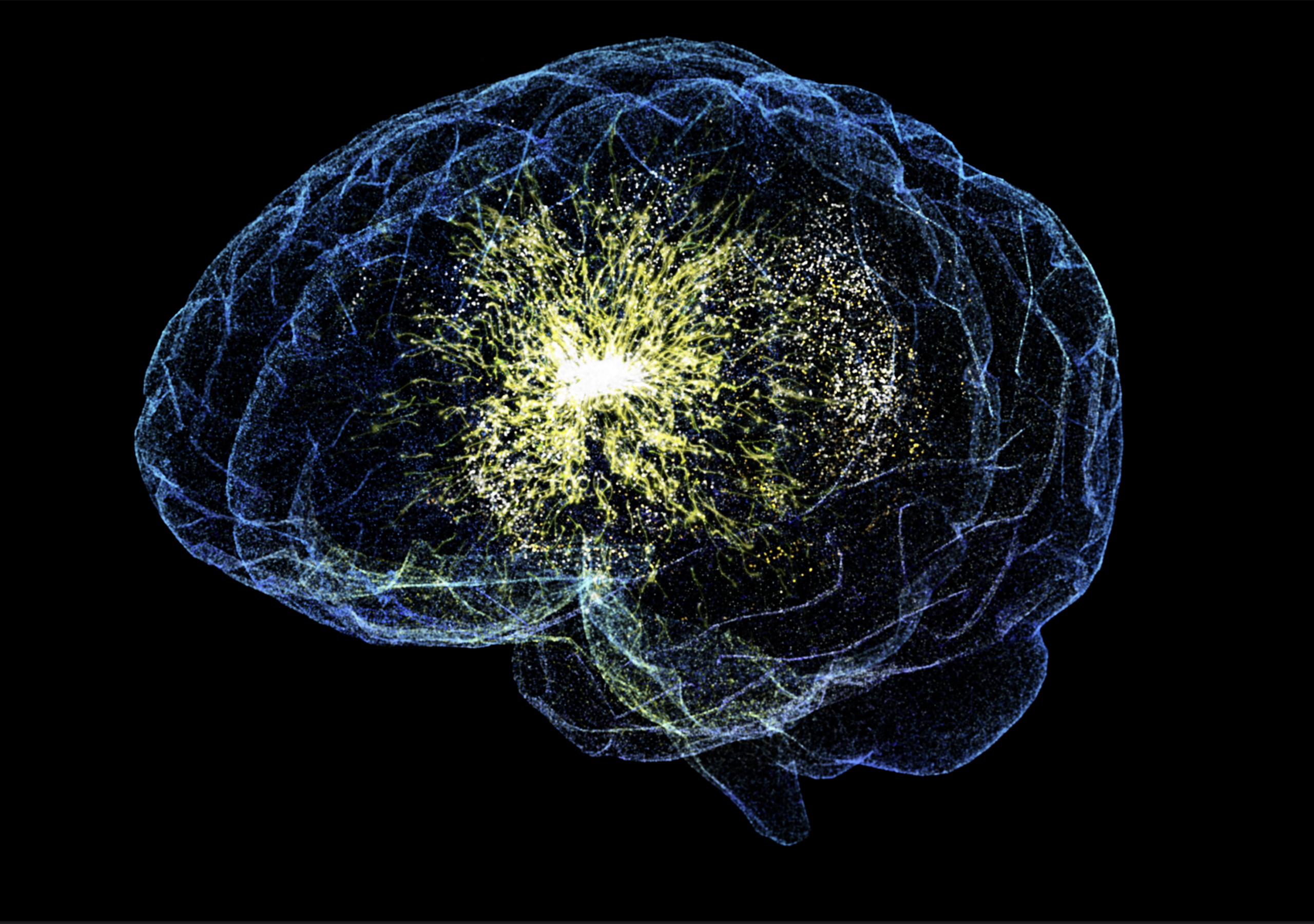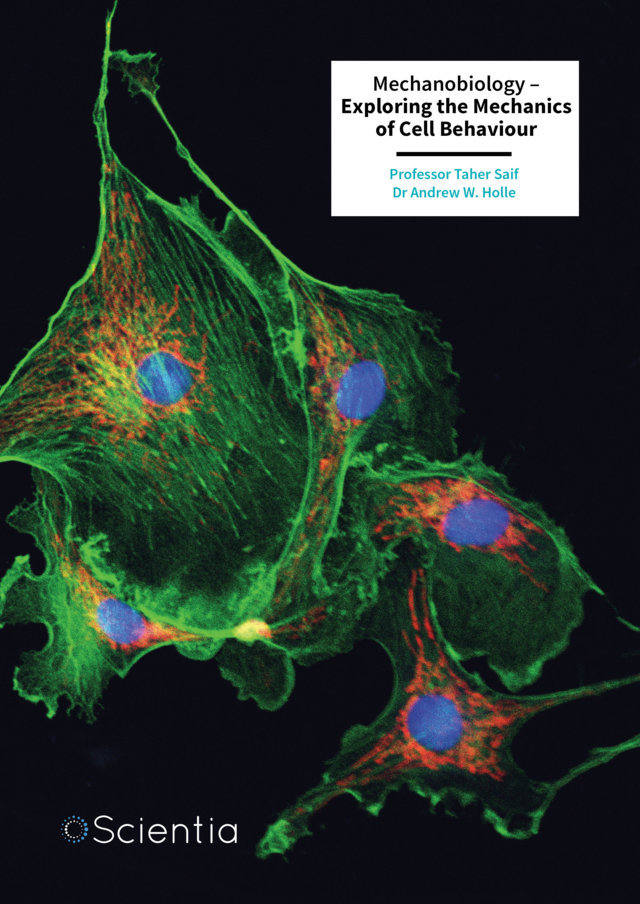In recent years, natural products such as kratom, which derives from a Southeast Asian tree called Mitragyna speciosa, and cannabidiol (or CBD) which derives from the Cannabis plant, have gained significant popularity for their potential to relieve anxiety, manage pain, and enhance mood. While both substances are often praised by users for their plant-based origins, and are often considered safer than synthetic pharmaceuticals as a result, the scientific community is working to uncover the complexities behind how these compounds interact, not just with the human body but with each other. After all, plant-based compounds are still active, and have the same potential for benefit and harm as any drug. People who use kratom are also more likely to use CBD, meaning that they could potentially experience a drug interaction if both substances are ingested around the same time. A recent study by Dr. Erin Berthold and her colleagues at the University of Florida sheds new light on the pharmacokinetic interactions between kratom and CBD, revealing findings that are both fascinating and important for public health. More
Kratom, derived from the leaves of the Mitragyna speciosa tree native to Southeast Asia, contains several active alkaloids, with mitragynine being the most abundant. These alkaloids interact with various receptors in the brain, including opioid, adrenergic, serotonergic, and dopamine receptors. Essentially, these receptors are typically small protein structures that are located on cells in the nervous system, and they help to regulate pain, mood, and other critical bodily functions when activated, such as through binding with a molecule. The interaction with opioid receptors, for instance, explains why kratom can produce pain-relieving effects similar to opioids, though its impact is generally considered milder. Interestingly, mitragynine acts as a partial agonist at the mu-opioid receptor, meaning it activates the receptor but not to the same extent as traditional opioids such as morphine. This may account for its lower potential for the dangerous side effects of stronger opioids, such as respiratory depression, but does not eliminate risks.
CBD, extracted from Cannabis sativa, works in a more subtle manner. It doesn’t produce a “high” like delta-9-tetrahydrocannabinol, the most well-known psychoactive component of cannabis, but it influences a range of receptors and enzymes in the body. These include serotonin receptors (linked to mood regulation), vanilloid receptors (involved in pain perception), and the cytochrome P450 enzymes present in the liver that help to metabolize drugs. Cytochrome P450 enzymes play a vital role in drug metabolism, acting like the body’s chemical processing plant, breaking down substances so they can be used or excreted. Because CBD can inhibit these enzymes, it can slow the breakdown of other compounds that are also present, causing them to accumulate in the body.
While kratom and CBD are often used independently, surveys show a growing number of individuals are combining kratom and CBD, sometimes without realizing the potential consequences for interactions between the two substances. According to Dr. Berthold’s research, co-administering CBD with kratom significantly changes how the body processes kratom’s compounds. The study, conducted on male rats, revealed that when CBD was taken alongside kratom, there was a 2.8-fold increase in the systemic exposure of mitragynine. In simple terms, the body absorbed and retained more of the psychoactive compound than when kratom was taken alone.
This effect wasn’t limited to mitragynine, and several minor kratom alkaloids also demonstrated increased exposure. For example, speciociliatine, a lesser-known kratom alkaloid, demonstrated a 4-fold increase in exposure, while paynantheine and 7-hydroxymitragynine showed 6-fold increases. These alkaloids have their own unique effects: 7-hydroxymitragynine, in particular, is a potent opioid receptor agonist, meaning its increased presence could enhance kratom’s pain-relieving properties but also heighten the risk of side effects, such as sedation or even dependency. This is especially concerning given that 7-hydroxymitragynine is estimated to be 13 times more potent than mitragynine at the opioid receptor.
Why does this happen? The answer lies in how both kratom and CBD interact with the body’s metabolic processes, particularly with cytochrome P450 enzymes. When CBD inhibits certain cytochrome P450 enzymes, especially CYP3A4, a key enzyme responsible for breaking down many drugs, it slows the metabolism of kratom alkaloids that are also present. As a result, these compounds linger longer in the bloodstream and at higher concentrations than they would otherwise. This delayed metabolism can cause both a stronger and longer-lasting effect, which may surprise individuals who expect the usual duration and intensity of kratom’s effects.
The implications of these findings are significant. For one, increased exposure to mitragynine and other alkaloids could enhance kratom’s effects, both desired and undesired. This could mean stronger pain relief or mood enhancement, but also a greater risk of side effects, such as sedation, dizziness, nausea, or even the potential for dependency. The study also found that CBD did not affect the ratio of mitragynine to its active metabolite, 7-hydroxymitragynine, which led the researchers to believe that the cytochrome P450 enzyme pathway was not affected by mitragynine, as no there was no change in its metabolism and the conversion to 7-hydroxymitragynine still occurred at a steady rate.
The study raises important questions about the safety of combining these substances without medical supervision. While both kratom and CBD are legal and marketed as “natural”/plant-based remedies, Dr. Berthold and her team emphasizes that their combination can produce drug-like interactions. This study highlights the need for greater public awareness and scientific investigation into how popular natural products interact, ensuring that those seeking relief from anxiety or pain can make informed decisions about their health and avoid unintended consequences.
Interestingly, these interactions could potentially vary greatly between individuals. Factors such as genetics, age, liver health, and even other medications or supplements being taken could amplify or mitigate these effects. Someone with reduced liver function, for example, might experience an even greater build-up of kratom alkaloids when combined with CBD, leading to unpredictable and potentially dangerous outcomes.
Ultimately, the work of Dr. Erin Berthold and her colleagues provides a crucial reminder: natural doesn’t always mean simple or safe. Plants and fungi can produce deadly toxins as well as useful therapeutic compounds, and natural remedies can cause potentially serious drug interactions. As more people turn to plant-based remedies, understanding their hidden complexities is key to using them safely and effectively. Just because something comes from a plant doesn’t mean it’s free from risk, and combining natural substances without proper knowledge or guidance can produce unexpected, and sometimes serious, effects.







